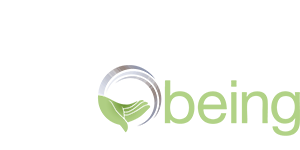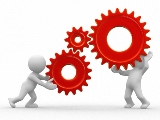Biomechanics
Restoring the natural function of the body
Several illnesses and discomforts that arise during our lives can have mechanical causes. The way you move or move too little can contribute to osteoporosis, painful joints, and pelvic floor symptoms. There is a way to change that. Biomechanics is a program for healthy and natural exercise, developed by biomechanics and based on body alignment. It is scientifically founded with principles from biology, measurement physics, and even engineering. You learn to use your body as it is intended. By changing the way you move, you can start the healing process.
In a (bio) logical, natural way
The exercises are aimed at restoring the natural function of the body. Your muscles will regain their optimal length, your circulation will improve, damage to your joints will be limited, and the whole body will regenerate better. This class is not about how hard and intensively you work. Hard work is not measured by the amount of perspiration. It’s about how well you work. What intention do you work with? Hard work is not always the solution. Working effectively, though.
What kind of exercises can you expect?
Include standing exercises to stretch the calf muscles. Walking in heels, even if they’re only 1 cm high, affects your posture. The psoas tends to shorten as a result of wearing heels. To align your body properly, start with your feet. Align your feet, stretch your calves, and then work your way up to your hips. You’ll learn to become more aware of your body and your posture.
The Psoas is a muscle that responds to tension. A tense psoas can be caused by stress, psychological trauma, or a wrong posture. Pelvis, groin, and back complaints can start to develop as a result. During a diagnosis of these complaints, specialists often ignore the tension of that one muscle group: the Psoas.
We want the Psoas to be juicy again.
This post is also available in: Dutch

